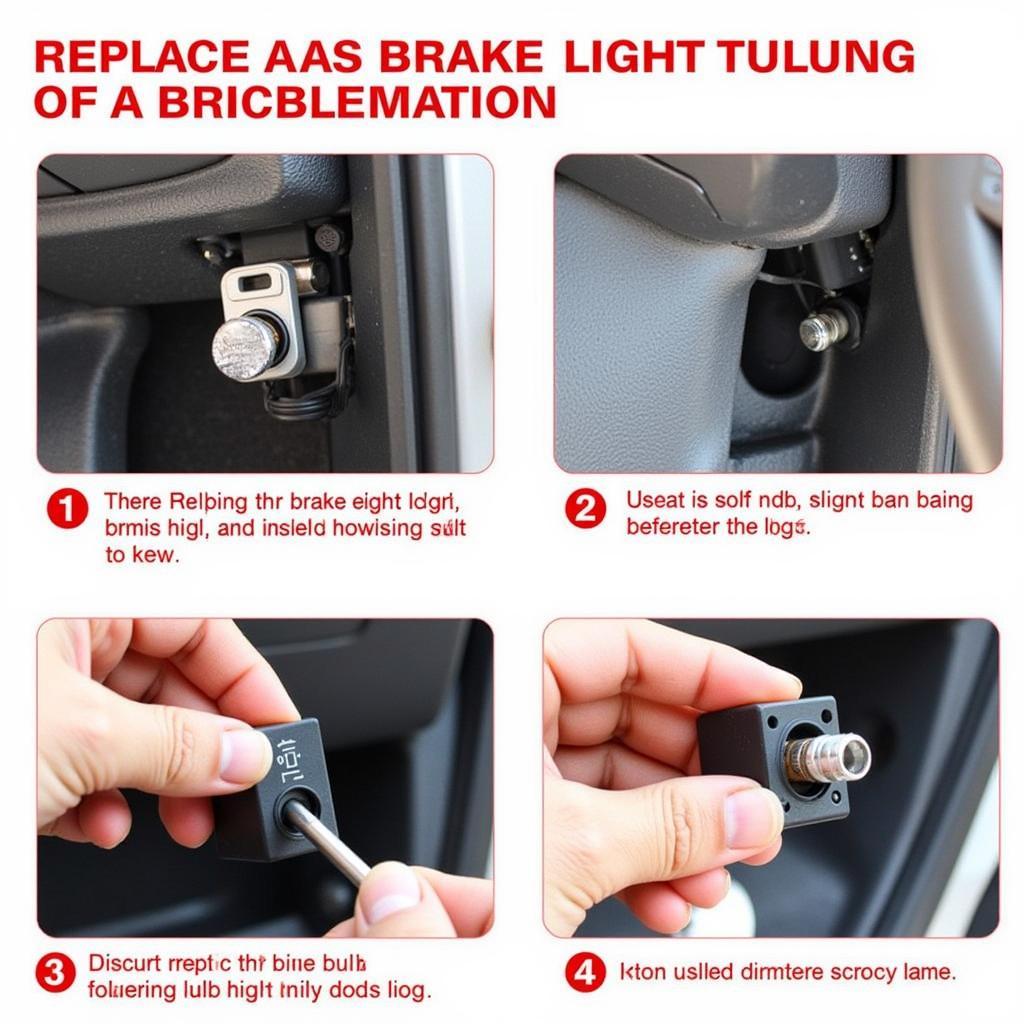A vehicle’s electrical system, even when seemingly off, still draws a small amount of current. This is known as parasitic draw, and it’s crucial for maintaining vital functions like the clock, security system, and computer memory. However, a maximum parasitic draw can drain your battery, leaving you stranded with a no-start situation. This comprehensive guide will delve into the intricacies of maximum parasitic draw, equipping you with the knowledge to identify, diagnose, and ultimately resolve this common automotive headache.
What Exactly is Maximum Parasitic Draw?
Every vehicle has an acceptable level of parasitic draw, typically ranging from 20 to 50 milliamps. This baseline draw ensures essential systems remain powered even when the engine is off. A maximum parasitic draw, however, occurs when this current draw significantly exceeds the acceptable range, often reaching hundreds of milliamps or even amps. This excessive drain on the battery can happen for a multitude of reasons, ranging from faulty components to inadvertently leaving lights on.
Common Culprits of Excessive Parasitic Draw
Several components can contribute to a maximum parasitic draw. Recognizing these usual suspects can streamline your diagnostic process:
- Interior Lights: A seemingly innocuous light left on in the cabin, trunk, or glove compartment can be a major culprit.
- Faulty Relay: Relays, responsible for switching electrical circuits on and off, can become stuck in the ‘on’ position, leading to a continuous draw.
- Malfunctioning Alternator: Even when the engine is off, a problematic alternator can drain power from the battery.
- Defective Door Switch: If a door switch fails to register that the door is closed, it can keep interior lights or other systems on, contributing to a parasitic draw.
- Aftermarket Electronics: Poorly installed or malfunctioning aftermarket accessories, such as stereos, alarms, and chargers, are common sources of excessive draw.
Diagnosing Maximum Parasitic Draw: A Step-by-Step Approach
Identifying the source of a maximum parasitic draw requires a systematic approach, utilizing a digital multimeter as your primary tool:
-
Safety First: Disconnect the negative battery cable before proceeding. This crucial step prevents accidental shorts during the testing process.
-
Set Up Your Multimeter: Switch your digital multimeter to the DC amps setting, ensuring it can handle at least 10 amps.
-
Connect the Meter: Connect the red lead of the multimeter to the negative battery cable and the black lead to the negative battery post.
-
Observe the Reading: The multimeter will now display the total current draw of your vehicle. Note this reading.
-
Acceptable vs. Excessive Draw: Compare the reading to your vehicle’s specified acceptable parasitic draw, usually found in the owner’s manual or a service manual. If the reading significantly exceeds the acceptable range, you have a parasitic draw issue.
-
Isolate the Circuit: Begin isolating the problematic circuit by removing fuses one at a time, observing the multimeter reading after each removal. A significant drop in current indicates the circuit associated with that particular fuse is the culprit.
-
Pinpoint the Component: Once you’ve identified the problematic circuit, consult your vehicle’s wiring diagram to determine which components are connected. Systematically disconnect each component in that circuit, monitoring the multimeter reading for changes. The component whose disconnection causes the current draw to drop is the source of the problem.
Resolving Maximum Parasitic Draw: From Diagnosis to Solution
Once you’ve pinpointed the source of the excessive draw, the resolution can be as straightforward as replacing a blown fuse or as involved as repairing a faulty alternator. Depending on your comfort level and the complexity of the repair, you can opt to tackle the issue yourself or seek the assistance of a qualified automotive electrician.
Expert Insights:
“Always start by checking the simple things first, like interior lights and aftermarket installations. These are often the easiest to overlook and the quickest to fix,” advises John Miller, ASE Certified Master Technician.
“A parasitic draw might not seem like a big deal initially, but over time, it can lead to significant battery damage and costly repairs. Early detection is key,” emphasizes Dr. Emily Carter, Automotive Electrical Engineer.
Preventing Future Drain: Maintaining a Healthy Electrical System
Preventing maximum parasitic draw issues involves adopting proactive measures to maintain your vehicle’s electrical system’s health:
- Regular Inspections: Regularly inspect your vehicle’s wiring for signs of damage, fraying, or loose connections.
- Mindful Electronics Use: Be mindful of leaving electronic devices plugged in when the engine is off.
- Prompt Repairs: Address any electrical issues promptly, preventing minor problems from escalating into major headaches.
Conclusion
Understanding and diagnosing a maximum parasitic draw is crucial for any vehicle owner. By mastering these diagnostic techniques and adopting proactive maintenance practices, you can keep your vehicle’s electrical system in optimal condition, ensuring reliable starts and avoiding the frustration of a dead battery.


